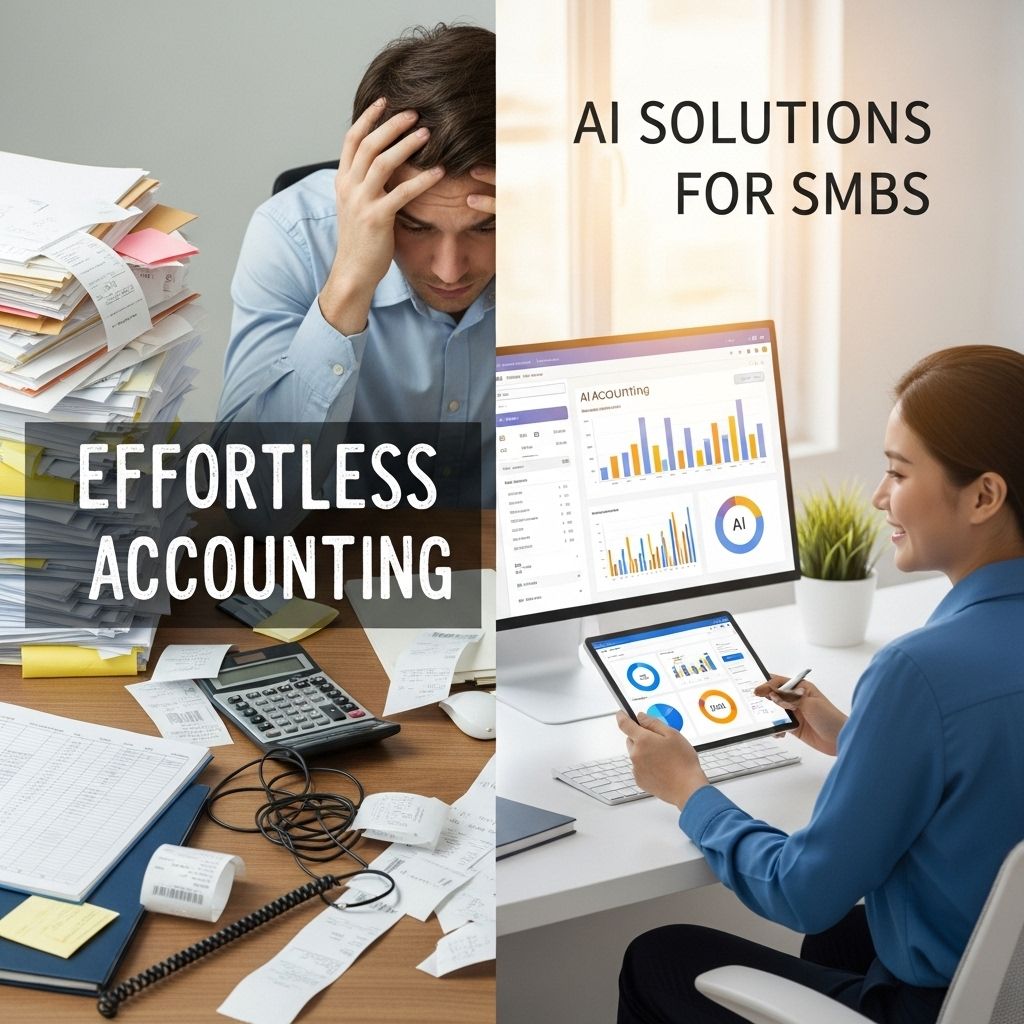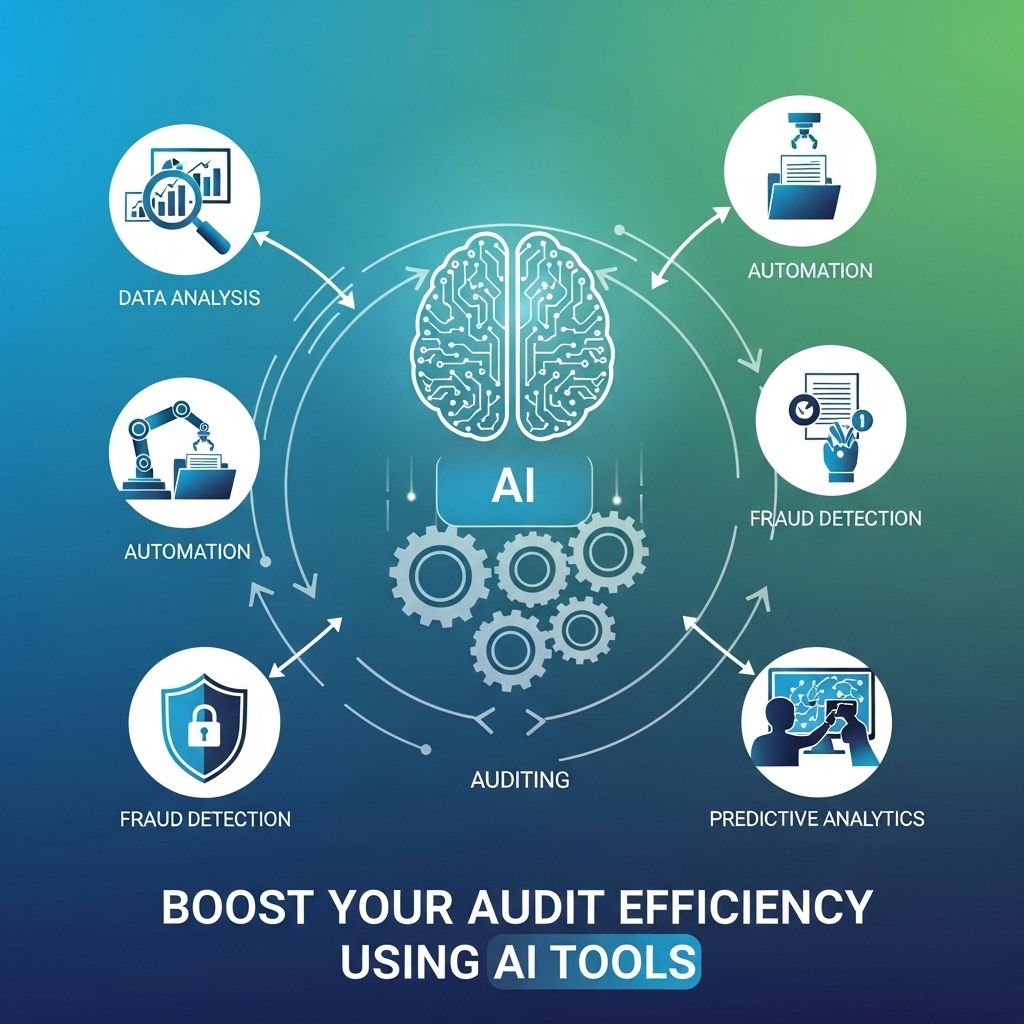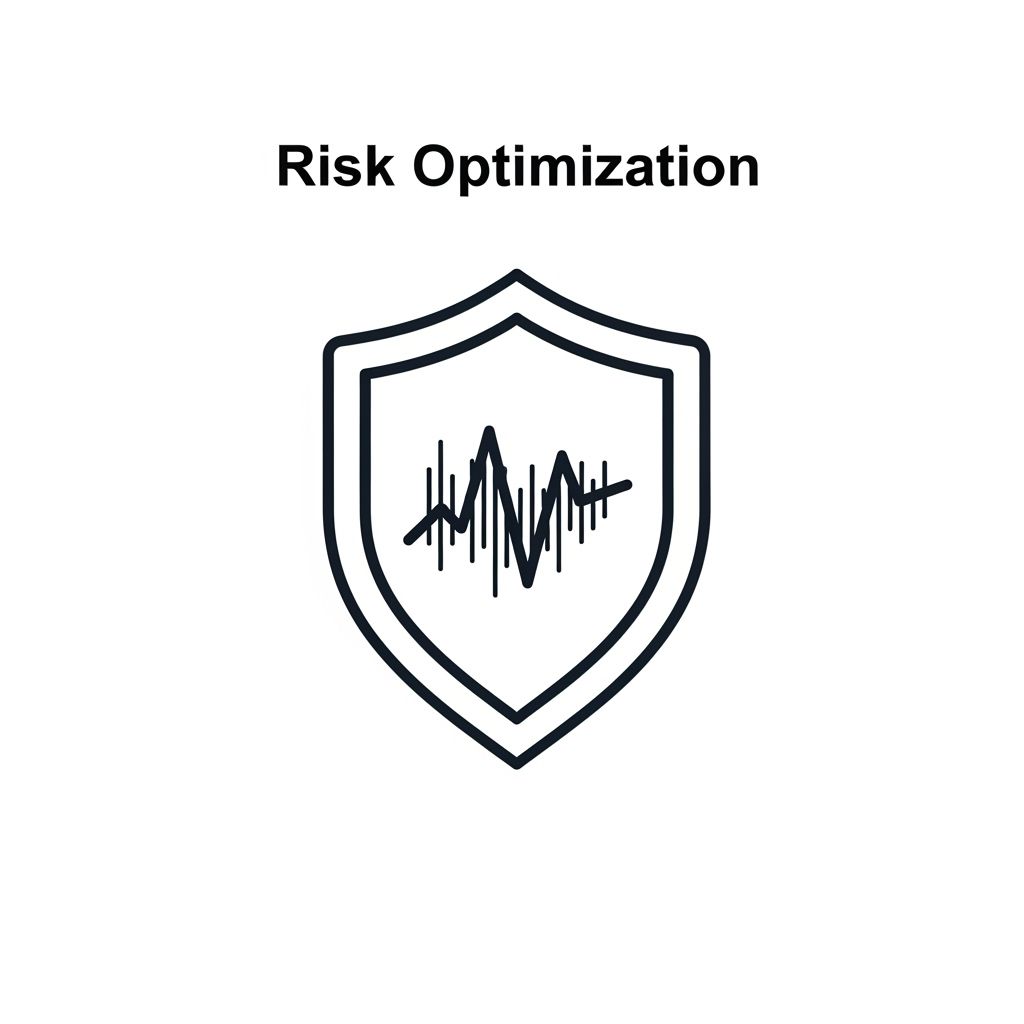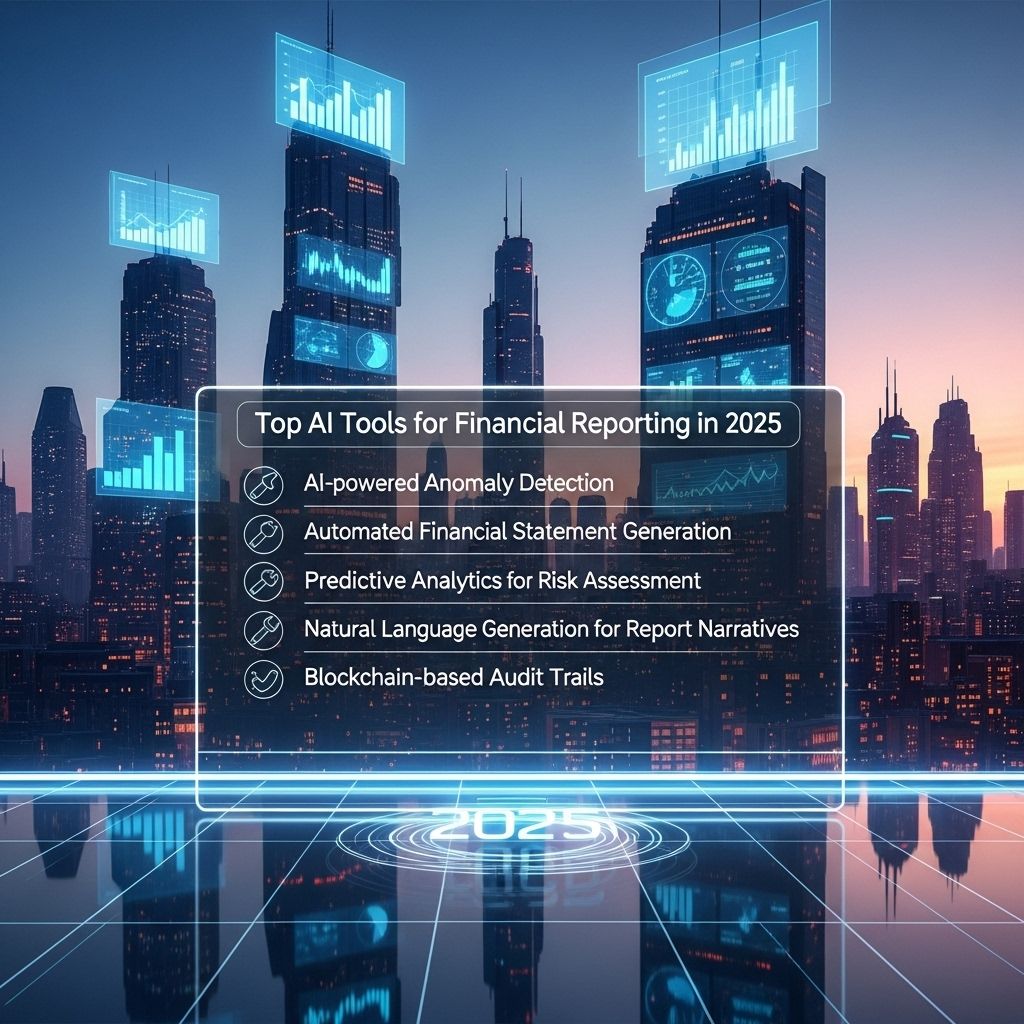Unlock Financial Success: Top AI Tools for Predictive Analytics
Discover the best AI tools that can help you predict financial trends and achieve success in your investments and business strategies.
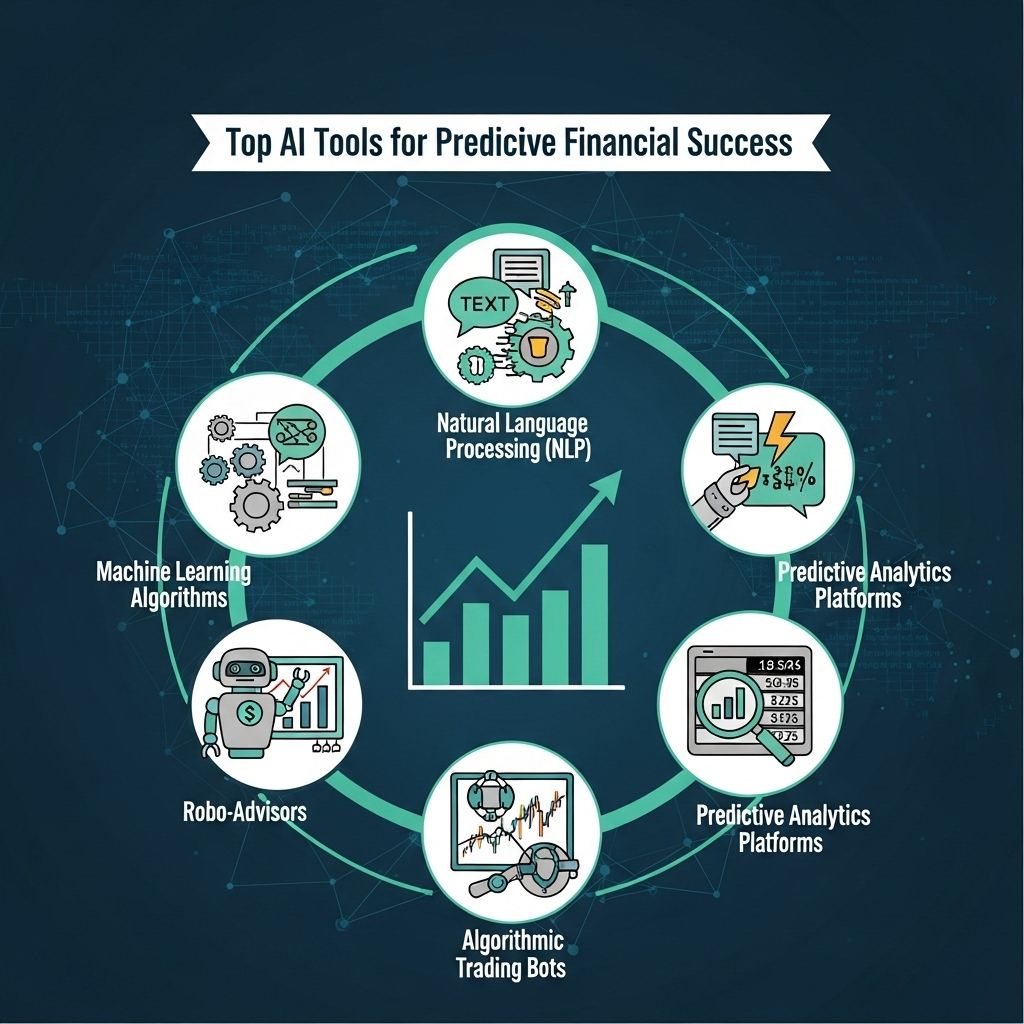
In today’s fast-paced financial landscape, the integration of artificial intelligence (AI) tools is revolutionizing how businesses and investors strategize for success. These advanced technologies not only enhance decision-making processes but also provide unprecedented insights into market trends and consumer behavior. From predictive analytics to algorithmic trading, AI is transforming financial forecasting into a more accurate science. This article explores some of the top AI tools currently shaping the future of predictive finance and how they can be leveraged for optimal results.
Table of Contents
The Rise of AI in Finance
The financial sector has long been a playground for innovation, and the advent of AI has taken this to new heights. With the ability to analyze vast amounts of data at lightning speed, AI tools can identify patterns and trends that human analysts might overlook.
Key Benefits of AI in Finance
- Enhanced Accuracy: AI algorithms can reduce human error in financial predictions.
- Real-time Insights: AI tools process data in real-time, providing immediate analytics.
- Cost Efficiency: Automating routine tasks allows financial analysts to focus on strategic decision-making.
- Risk Management: AI helps in identifying potential financial risks before they escalate.
Top AI Tools for Predictive Financial Success
Here are some of the leading AI tools that have proven effective in enhancing predictive financial success:
1. IBM Watson
IBM Watson is renowned for its advanced natural language processing capabilities, making it an invaluable tool for financial institutions. Its ability to analyze unstructured data from various sources allows for comprehensive risk assessment and market forecasting.
Key Features:
- Natural Language Processing
- Machine Learning Algorithms
- Data Visualization Tools
2. Alteryx
Alteryx is a powerful data analytics platform that integrates AI and machine learning to enhance financial modeling and forecasting. It allows financial analysts to blend data from multiple sources easily and derive actionable insights.
Key Features:
- Self-service Data Preparation
- Predictive Analytics
- Collaboration Capabilities
3. Tableau
Tableau excels in data visualization, allowing organizations to present financial data in intuitive formats. With its integration of AI-driven analytics, users can uncover trends and make informed decisions quickly.
Key Features:
- Drag-and-drop Interface
- Advanced Visualization Options
- AI-Powered Insights
4. DataRobot
DataRobot offers an automated machine learning platform, suitable for building predictive models without requiring extensive data science expertise. It empowers financial institutions to develop models that predict market behaviors and customer trends.
Key Features:
- Automated Machine Learning
- Model Deployment and Management
- Comprehensive Data Auditing
How to Implement AI Tools Effectively
For financial organizations to harness the power of AI, careful implementation is crucial. Here are steps to ensure successful integration:
Step-by-Step Implementation Guide
- Identify Needs: Assess specific financial forecasting requirements and challenges.
- Select the Right Tools: Choose AI tools that align with organizational goals and available data.
- Data Preparation: Ensure data is clean, structured, and accessible for AI analysis.
- Training and Development: Invest in training for staff to utilize AI tools effectively.
- Continuous Monitoring: Regularly evaluate model performance and update as necessary.
Challenges in Adopting AI Tools
Despite the numerous benefits, organizations may face challenges when incorporating AI into their financial processes. Recognizing and addressing these challenges is essential for effective implementation.
Common Challenges
- Data Privacy Issues: Compliance with regulations such as GDPR can be complex.
- Integration with Legacy Systems: Merging AI tools with existing financial software can be technically challenging.
- Skill Gaps: A lack of data science expertise may hinder effective use of AI tools.
The Future of Predictive Finance
The future of predictive finance is promising, with AI tools continually evolving to meet the demands of an ever-changing market. As these technologies advance, their potential for enhancing predictive accuracy and operational efficiency will only grow.
Emerging Trends to Watch
| Trend | Description |
|---|---|
| Explainable AI | AI systems that offer transparency in their decision-making processes. |
| AI in Risk Management | Advanced AI models that predict and mitigate financial risks more effectively. |
| Decentralized Finance (DeFi) | AI tools integrated with blockchain technology for more secure transactions. |
Conclusion
In conclusion, the integration of AI tools into financial forecasting is no longer a luxury but a necessity for organizations striving for predictive success. By leveraging these technologies, businesses can not only enhance their decision-making processes but also stay ahead of the competition in an increasingly data-driven world. With the right implementation strategy and an eye on emerging trends, the financial sector stands to benefit tremendously from the ongoing advancements in AI.
FAQ
What are the best AI tools for predictive financial analysis?
Some of the top AI tools for predictive financial analysis include IBM Watson, Microsoft Azure Machine Learning, SAP Analytics Cloud, and RapidMiner.
How can AI tools improve financial forecasting?
AI tools can enhance financial forecasting by analyzing large datasets, identifying patterns, and providing predictive insights that traditional methods may overlook.
Are AI tools suitable for small businesses in finance?
Yes, many AI tools are scalable and can be tailored for small businesses, offering budget-friendly solutions for predictive financial analysis.
What features should I look for in a financial AI tool?
Key features to look for include data integration capabilities, predictive analytics, user-friendly dashboards, and strong security measures.
Can AI tools help in risk management for financial institutions?
Absolutely, AI tools can analyze historical data to predict risks, assess market volatility, and enhance decision-making processes in financial institutions.

